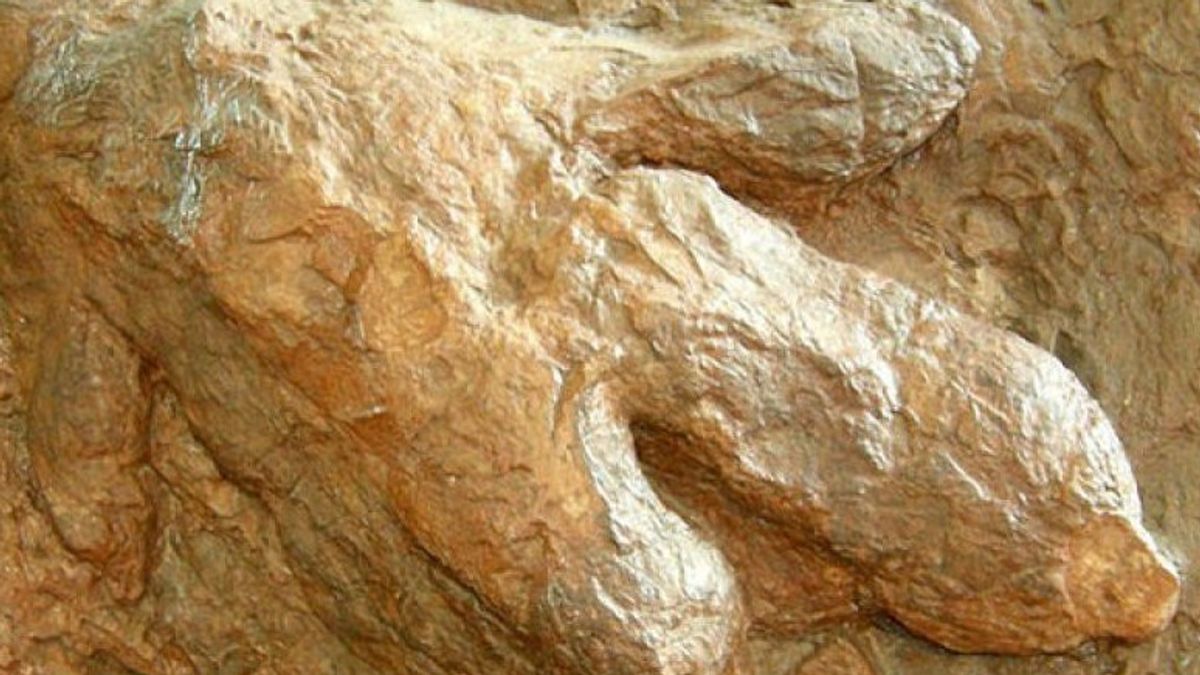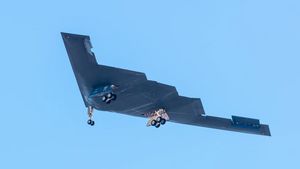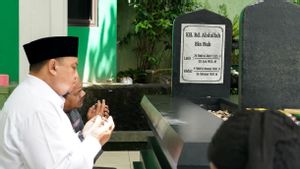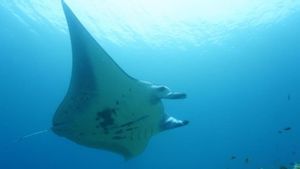SYDNEY - Scientists have confirmed the discovery of a new dinosaur species in Australia, one of the largest in the world, more than a decade after cattle ranchers first discovered the animal's bones.
Plant-eating sauropods lived in the Cretaceous period between 92 million and 96 million years ago when Australia clung to Antarctica, according to a research paper published Monday (7/6). Paleontologists estimate the dinosaur reached a height of 5-6.5 meters above sea level. hips and 25-30 meters long, making it as long as a basketball court and as tall as a two-story building. The find represents the largest new species of dinosaur ever discovered in Australia and places it in the top five in the world, joining an elite group of titanosaurs previously found only in South America. . "Discovers like this are just the tip of the iceberg," said Queensland Museum curator and paleontologist Scott Hocknull. Paleontologists have named the sauropod Australotitan cooperensis, combining "southern titan" with the name of a river near where the creature's bones were found in 2006 on a cattle ranch in Eromanga, Queensland State.
Confirmation of the new species marks a long journey of seventeen years to first excavate and then compare the bones of "Cooper", as the dinosaur is more informally known, with other finds. Dinosaur bones were enormous, heavy and fragile, and are kept in museums around the world. , making scientific studies difficult. The team from the Eromanga Museum of Natural History and the Queensland Museum used new digital technology for the first time to three-dimensionally scan each bone for comparison. "To make sure Australotitan was a distinct species, we needed to compare the bones with those of other species. from Queensland and globally. It's a very long and tiring task," said Hocknull. Robyn Mackenzie, who was herding cattle with her husband Stuart on their property when they discovered the bones, founded the Eromanga Museum of Natural History to house the find. .Another swath of discovery The remains of dinosaur skeletons in the area, along with rock shelves believed to be the path of a sauropod, are still awaiting full scientific study.
"Palaeo Tourism has grown rapidly globally so we expect a lot of international interest when our borders reopen," said Mackenzie, who is now a field paleontologist. Hocknull said larger dinosaur specimens were waiting to be discovered, given that plant-eating sauropods were commonly preyed upon by large theropods. "We've found some small theropod dinosaurs in Australia, but that won't bother Australotitan, which suggests that there was a very large predatory dinosaur somewhere. We just haven't found them yet," he said.
The English, Chinese, Japanese, Arabic, and French versions are automatically generated by the AI. So there may still be inaccuracies in translating, please always see Indonesian as our main language. (system supported by DigitalSiber.id)













